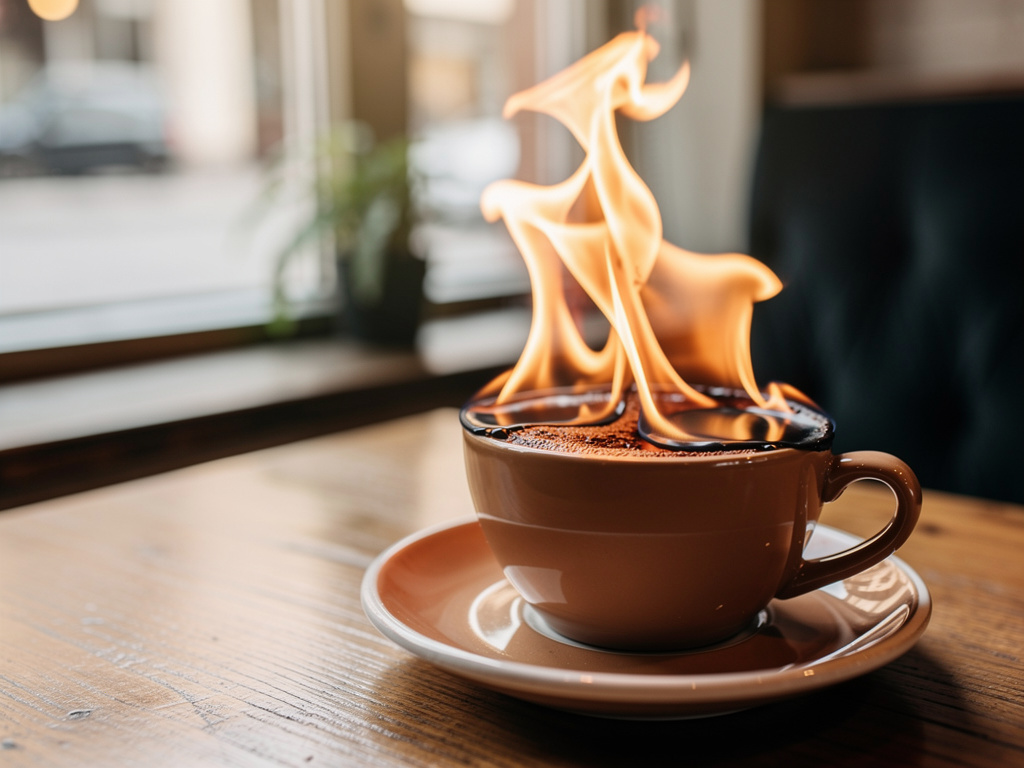Flux 2 Pro Image to Image
Input
You can type @{field} to reference a core field.
×Hint: Drag and drop files from your computer, images from web pages, paste from clipboard (Ctrl/Cmd+V), or provide a URL.
Customize your input with more control.
Result
Your request will cost $0.03 for the first megapixel of output, plus $0.015 per extra megapixel of input and output, rounded up to the nearest megapixel. For example, a 1024x1024 image will cost $0.03, and a 1920x1080 image will cost $0.045 ($0.03 for first megapixel + $0.015 for the second megapixel). Similarly, a 512x512 output will cost $0.03 ($0.03 for0.25 megapixels, rounded to 1 megapixel)
Logs
FLUX.2 [pro] - Image Editing
Production-grade multi-reference editing optimized for speed and reliability. FLUX.2 [pro] combines up to 9 reference images (9 MP total input) through a streamlined pipeline that delivers professional edits without parameter complexity. Whether compositing product shots, replacing backgrounds, or blending multiple style references, pro handles context-aware transformations through pure natural language—no inference tuning required, just consistent, production-ready results.
Built for: Production editing pipelines | E-commerce asset workflows | Automated image processing | High-volume editing operations | Teams prioritizing reliability over experimentation
Multi-Reference Editing Without Configuration Overhead
FLUX.2 [pro] brings its streamlined production philosophy to image editing, understanding relationships between multiple input images while maintaining the zero-configuration approach that makes pro ideal for automated workflows and API integrations.
What this means for you:
- Multi-image composition: Combine up to 9 reference images (9 MP total input) in a single edit. Reference specific images by index ("replace the background with image 3") or describe elements naturally
- Production consistency: Fixed internal optimization delivers predictable edit quality without requiring expertise in inference parameter tuning
- Streamlined workflow: No steps or guidance parameters to configure—pure prompt-to-edit transformation optimized for speed and reliability
- Natural language precision: Describe complex edits without masks or technical setup. "Change the jacket to match image 2 while keeping the original lighting" executes directly
- Explicit image indexing: Reference specific inputs by number for precise multi-image control—"the person from image 1 wearing the outfit from image 4"
- Sequential editing capability: Chain edits together with consistent quality, ideal for iterative refinement in production workflows
Advanced Prompting Techniques
JSON Structured Prompts
For precise control over complex generations, use structured JSON prompts instead of natural language. JSON prompting enables granular specification of scene elements, subjects, camera settings, and composition.
Basic JSON structure:
json{ "scene": "Overall setting description", "subjects": [ { "type": "Subject category", "description": "Physical attributes and details", "pose": "Action or stance", "position": "foreground/midground/background" } ], "style": "Artistic rendering approach", "color_palette": ["color1", "color2", "color3"], "lighting": "Lighting conditions and direction", "mood": "Emotional atmosphere", "composition": "rule of thirds/centered/dynamic diagonal", "camera": { "angle": "eye level/low angle/high angle", "distance": "close-up/medium shot/wide shot", "lens": "35mm/50mm/85mm" } }
JSON prompts excel at controlling multiple subjects, precise positioning, and maintaining specific attributes across complex compositions.
HEX Color Code Control
Specify exact colors using HEX codes for precise color matching and brand consistency. Include the keyword "color" or "hex" before the code for best results.
Examples:
`"a wall painted in color #2ECC71"``"gradient from hex #FF6B6B to hex #4ECDC4"``"the car in color #1A1A1A with accents in #FFD700"`
For enhanced accuracy, reference a color swatch image alongside the HEX code in your prompt.
Image Referencing with @
Reference uploaded images directly in prompts using the `@` symbol for intuitive multi-image workflows.
Usage patterns:
`"@image1 wearing the outfit from @image2"``"combine the style of @image1 with the composition of @image2"``"the person from @image1 in the setting from @image3"`
The `@` syntax provides a natural way to reference multiple images without explicit index notation, while maintaining support for traditional "image 1", "image 2" indexing.

